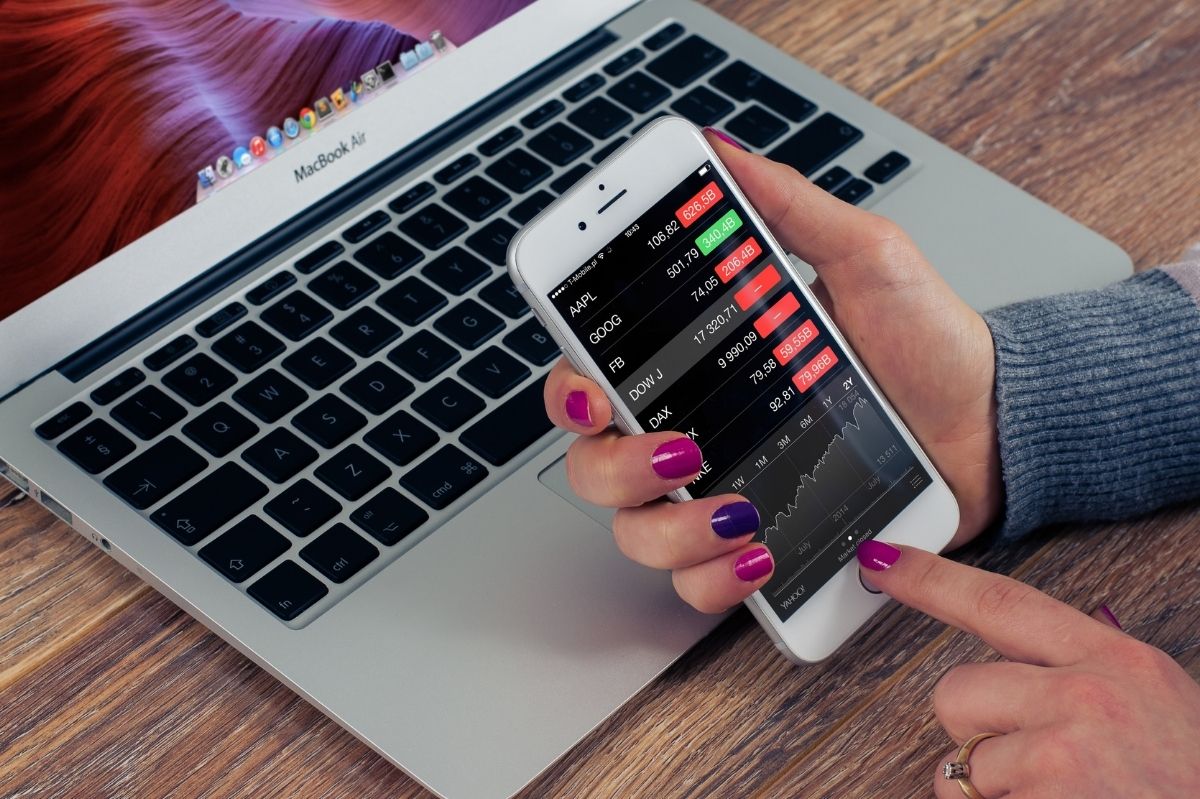The number of merchants using Shopify continues to grow, and so does the number of apps installed. But how do merchants know if the app is worth the price? What do merchants expect from the app’s pricing model?
The price, the most important factor in deciding which one to install the application 1 is one. This isn’t just about payments. The frequency of billing and the timing of billing is also important.
Below is an example of the feedback we received from our merchants.
” I don’t want to pay for the app unless I’m billed by Shopify. There’s no guarantee that I’ll give the app developer my credit card information.”
“I only want to pay for apps that are actually useful. If the sales are not so high, it is better to charge a commission than a monthly fee.”
“Pricing is ambiguous and unclear. The monthly fee of the app is changing frequently.”
Avoiding this confusion and frustration is the key to your app’s success. In this article, we’ll give you some tips and tricks for building a pricing model that is rational for your merchants and that contributes to your bottom line.
Table of Contents
Adjust Billing To Merchant Usage
Before deciding how much to charge for your app, you need to determine a reasonable billing model for the services you offer. For apps made for Shopify, billing is set and processed by the Billing API. Currently, this API has related resources based on five common billing models, such as those introduced below.
The five billing models are:
Billing Model
- One-time billing
- 30- day subscription
- year subscription
- Pay-as-you-go
- app credit
One-Time Billing
One-time billing is used when a merchant is billed to the app only once. This resource is ideal for apps that don’t incur ongoing costs and don’t change significantly over time.
Business Model Example
Take, for example, a fictitious app called “Order Follow-up”. This app sends an order confirmation email to the customer who purchased the product.
Since we are selling the e-mail of the template, as a result of the cost analysis, template 1 per point 25 I decided to charge a dollar. In order to claim to the merchant for each template, the merchant is to be charged as soon press the “buy” button in the app Shopify to 25 and post a one-time charge of $.
Once Shopify processes the bill and the merchant’s payment and the merchant pays for the bill, I’ll receive an 80 % revenue share.
30- Day Subscription
The RecurringApplicationCharge resource ( REST ) and appSubscriptionCreate Mutation ( GraphQL ) are widely used in the Shopify app store and are ideal for apps that provide continuous service to their merchants.
Merchants using this type of app will be charged every 30 days. This billing cycle is independent of Shopify’s billing cycle, but you’ll be billed together at the same time. This helps merchants keep track of Shopify- related spending.
This resource has most of the functionality of the Billing API. You can freely set the trial period before charging the merchant, and you can also set the usage limit (this point will be described later).
Business Model Example
App to adopt this pricing model is usually 3 offers a single rate plan. Let’s continue with the email template example above. However, I decided to pivot the business model and make the template free. Instead, the price depends on the number of emails you send to the merchant.
The app offers three clear pricing plans. You need to be clear about what features are available in each plan so you know what your merchants are paying for. It looks like the following.
Plan 1: This is a plan that is often said to be “free” and is a trial version of the app for prospective customers.
Plan 2: We expect hundreds of orders each month for small to medium-sized businesses (the majority of Shopify merchants apply).
Plan 3: For large Shopify merchants (advanced or Shopify Plus merchants) with thousands of orders per day.
In this example, you don’t need a “free trial”. We already have a free version.
Create a billing page within the app to allow merchants to select a plan and jump to the appropriate confirmation_url to approve the bill.
We also develop our own management screen and acquire customer information such as billing information from the database. You can see the current plan of the merchant, as well as the next billing date, upgrade/downgrade history, and install/uninstall history. This is not only important to your business but also valuable to your support team.
Annual Subscription
Billing GraphQL API available in appSubscriptionCreate by mutation of, Interval: ANNUAL you can make a claim that you set in. This allows Shopify to charge merchants only once a year.
The 30- day billing model certainly gives merchants a lot of flexibility. For example, you can upgrade or downgrade based on factors such as usage, seasonality, and growth. That said, annual subscriptions are a better option for apps that may be beneficial or necessary to use throughout the year. For merchants, it’s easier to subscribe because they get the same service all year round and are only charged once a year.
When deciding whether an annual subscription suits your app, you need to be aware of whether the services your app offers will remain the same throughout the year. In addition, it is common in the industry to offer annual discounts when creating a one-year contract version of an existing monthly plan.
An annual subscription is a great way to build relationships with merchants who are willing to use your app in the long run. In addition, there is an advantage that cash flow can be obtained early because the annual amount is paid in advance.
Business Model Example
We found that users of the email app mentioned above run a lifestyle brand and send biweekly emails throughout the year instead of seasonal sales. Their app usage is consistent and predictable. Therefore, offering an annual plan is not only beneficial to them but also brings upfront revenue and usage forecasts to your app business.
Pay-As-You-Go
Pay-per-use is, 30 you can add in any additional cost to the days’ subscription. Once you’ve created a capped subscription, app developers can post pay-as-you-go up to the cap without having to get individual billing approval from the merchant. You can include this pay-as-you-go bill at any time on your subscription due date. Due to its flexibility, Shopify app developers are increasingly adopting the pay-as-you-go model.
When adopting pay-as-you-go, it’s important to be clear to your merchants when and why they will be charged. Consider adding visual usage features such as graphs and reporting tools to help merchants keep track of their total billing.
Business Model Example
Let’s continue with the case of the email app. It turns out that some merchants are looking for additional features. However, I don’t want to perform app updates for all users for this feature. There is an additional burden of support associated with it, and not all users want additional features.
Alternatively, additional charges can be set according to additional functionality at the request of the merchant. For example, with an additional $ 5 per month, we offer the following features:
・ Ability to add/create discounts to order follow-up emails
- Report dashboard showing the number of emails sent and revenue generated
・ Function to synchronize sales with accounting software
When the merchant selects such a function, serving as a base 30 recurring billing of days ID to 5 and then post the additional use billing of dollars. Stop posting billing when you no longer need additional features for your merchants.
All new and existing merchants must agree to the new billing in order to create pay-as-you-go billing. To ease the stakeholder, the next time the merchant opens the app, we’ll request that the new bill be approved. If the merchant does not open the app, we will continue to support the previous billing model.
App Credit
App credits provide merchants with credits (not refunds) that can be used for future app purchases. It can also be used to repay error claims, discount subscriptions, and make general thank-you statements. Please note that in order to provide credits, the app must be installed in the store and there must be a pending payment equal to or greater than the credits.
Business Model Example
Suppose you find a bug in a fictitious app and it doesn’t work as promised last month.
To apologize for this issue and to impress your merchant’s app experience, you can use the App Credit API to provide your merchant with a monthly credit. Customer billing amount 100 receives a percent of the credit, I am 80 loss of%, Shopify is 20 percent and remit.
Get The Best Results With The Best Billing Resources
The five resources that make up the Shopify Billing API allow app developers to efficiently and effectively charge their merchants for their apps. One-time billing, 30- day subscriptions, annual subscriptions, pay-as-you-go, and app credits cover the diverse business models of Shopify app developers.
When deciding on your app’s pricing model, use these resources systematically to ensure worry-free and simple billing for your users. Merchant app experiences are important to attract them to your app and drive payments.
Also Read : Instagram App Introduction: 20 Tools To Grow Your Account







